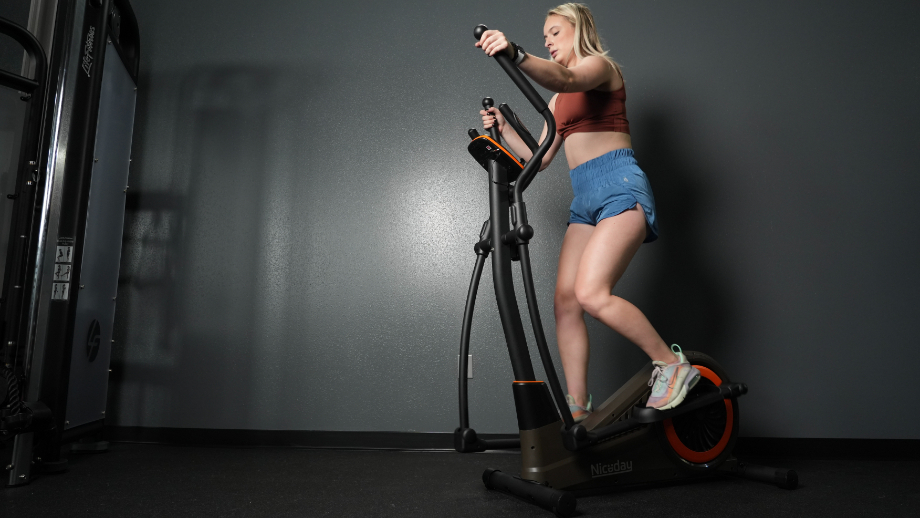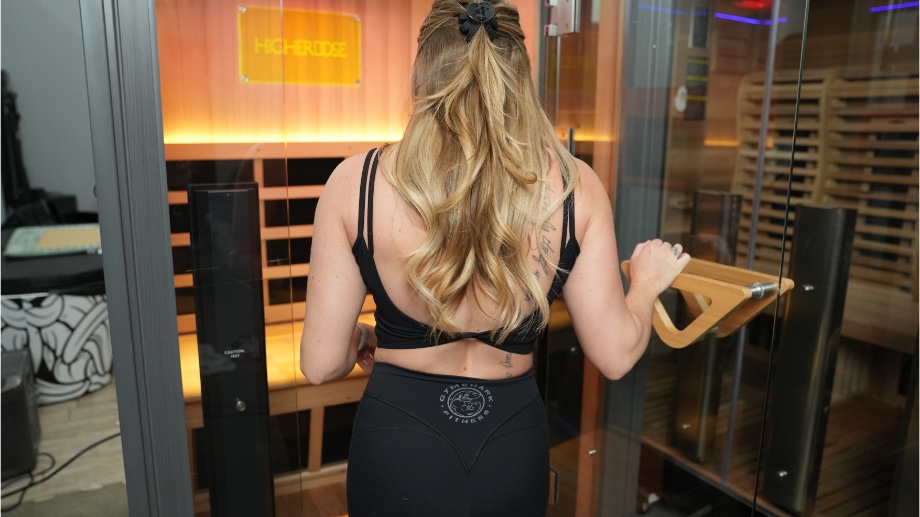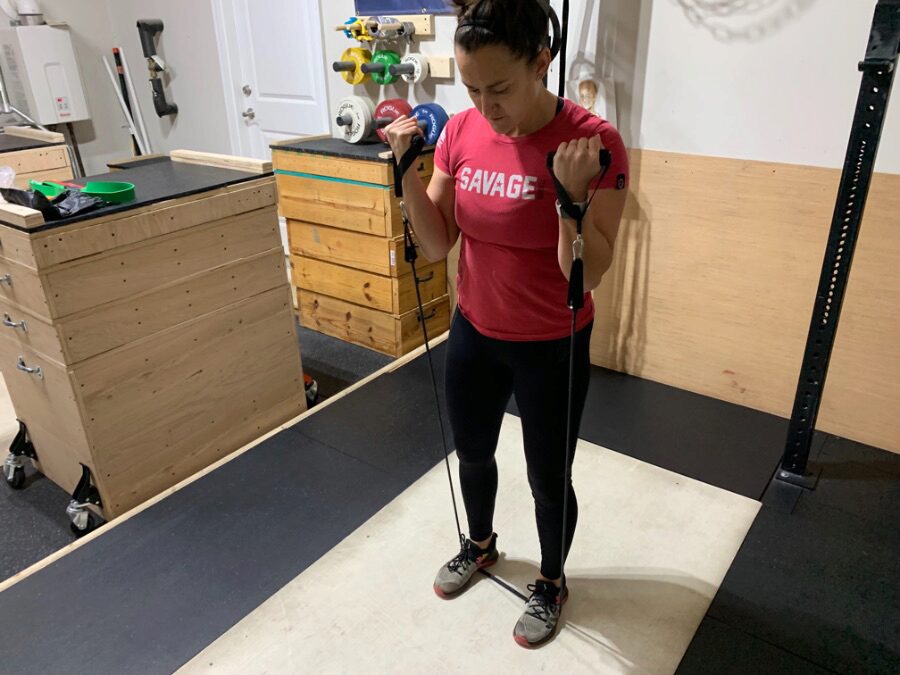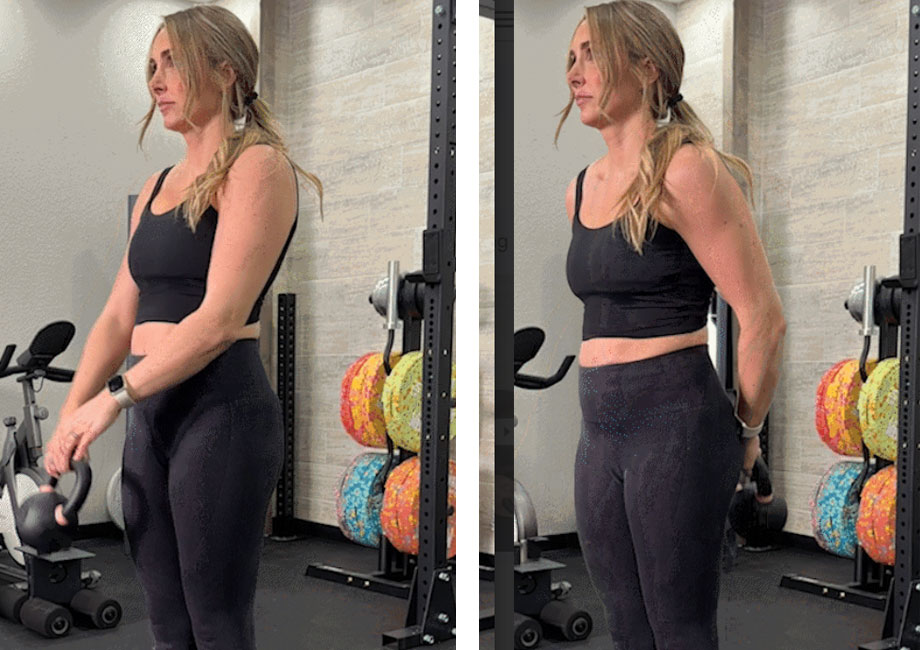Like rowing machines, ellipticals are an excellent way to get a low-impact, full-body workout. And low-impact certainly doesn’t mean low-effort. Because you’re using your lower and upper body simultaneously (assuming you’re holding on to the handle bars), you’ll get a full body workout that gets your heart rate up without too much impact to your joints.
Ellipticals don’t just contribute to better cardiovascular health, though: They also help improve balance, can boost your mood, and are really simple to use. Here, we’ll go through the top seven elliptical benefits and answer some commonly asked questions about these cardio machines.
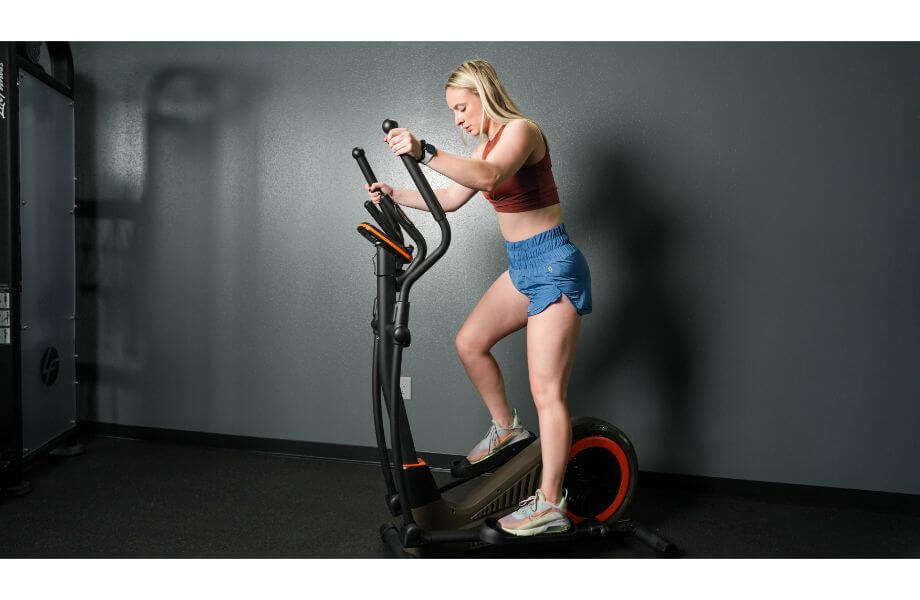
Who are Ellipticals Good For?
Ellipticals are good for anyone looking for a solid exercise machine for aerobic workouts. They’re especially great for beginners and older adults who are looking for a lower impact way to stick with their workout routine.
If you’re considering adding an elliptical to your home gym, just keep in mind that some of the higher-end models have a pretty large footprint, so you’ll need plenty of space.
RELATED: Best Budget Ellipticals
Why Should I Use an Elliptical?
There are many reasons to use an elliptical. Here are seven elliptical benefits that will make you want to add this cardio machine to your rotation. If you’re already sold on getting an elliptical, check out our best ellipticals to add to your home gym.
Improved Cardiovascular Output
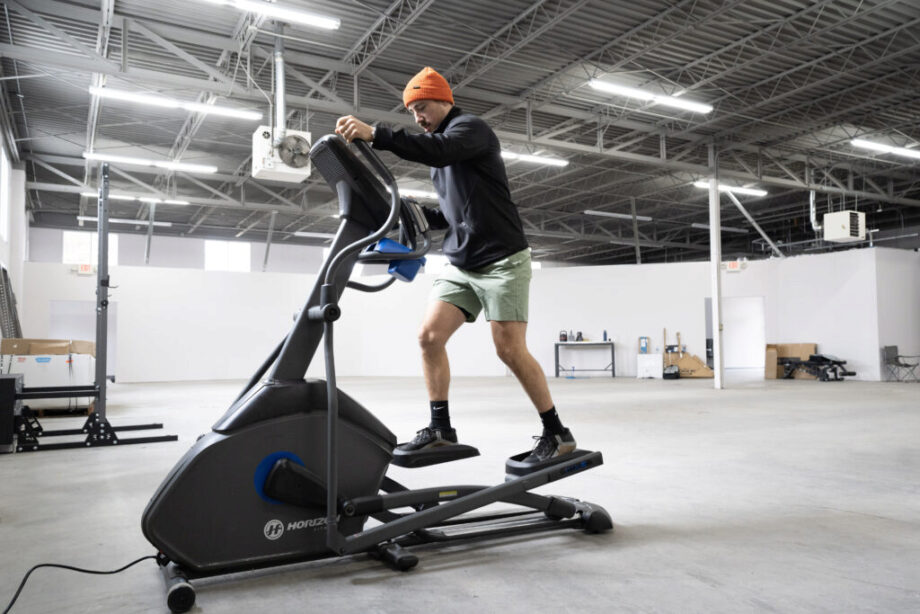
While not exclusive to this machine, the biggest health benefit of an elliptical is the improvement to your cardiovascular health. Regularly working out on an elliptical machine can get your heart rate pumping and improve cardiac output and the function of your circulatory system.
“Consistent training can also increase your cardiorespiratory endurance, which is a measure of how well your heart, lungs, and muscles can keep up with a high-intensity exercise,” says Amanda Capritto, certified personal trainer and health coach.
Cardio exercise can also reduce your risk of developing heart disease and type 2 diabetes by lowering blood pressure, decreasing blood lipids, and reducing overall body fat (as long as you do it regularly and in conjunction with other healthy habits, like eating a nutritious diet).
Low-Impact Exercise
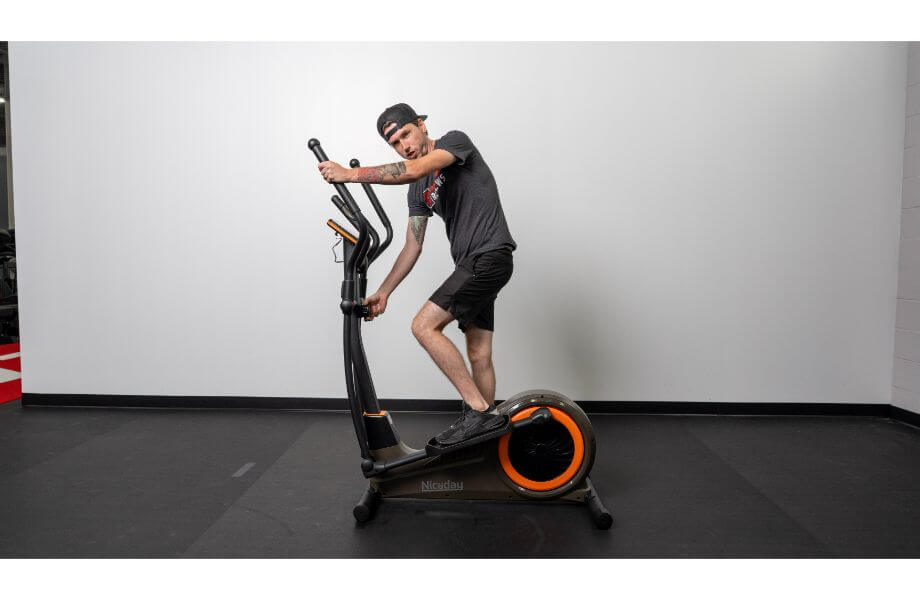
Since your feet never leave the pedals, elliptical trainers provide a low-impact workout that puts less impact on the joints than running or plyometric-type exercises. Because of this, there’s little room for injury and even those that are prone to joint pain may be fully comfortable working out on an elliptical.
Low-impact doesn’t mean less effective, though. Ellipticals are still versatile pieces of exercise equipment that allow you to incorporate interval training and HIIT exercises by adjusting your speed, resistance, and ramp height.
Better Balance
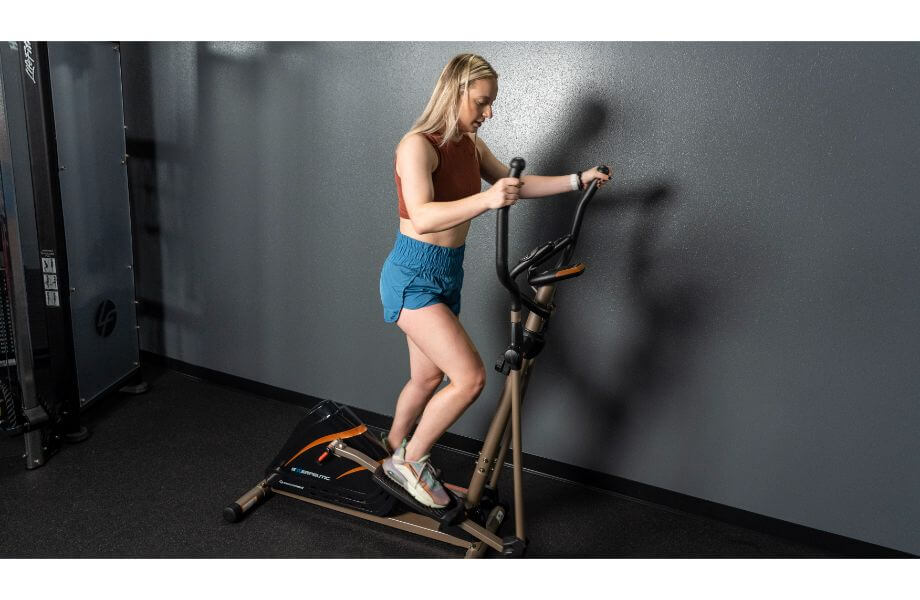
Because they engage your core, ellipticals may help improve your balance.
“This benefit becomes even more apparent if you stand up straight and let go of the handles, forcing your core and lower body to do most of the work,” says Amanda.
This may also apply to those recovering from brain injuries, although the evidence is limited. In one small study, researchers wanted to see how regular elliptical exercise (three days a week for four weeks) could affect gross motor function in a 36-year-old man who was recovering from a stroke. After 24 total sessions, they noticed significant improvements in balance, gait, and lower limb function.
Boosts Mood
Like all cardio workouts, elliptical training may also boost your mood. Part of this is due to an increase in serotonin following a cardio workout, but researchers also believe that exercise can increase blood flow to the brain, which has a positive influence on mood, various brain functions, and your reaction to stress.
Simple to Use
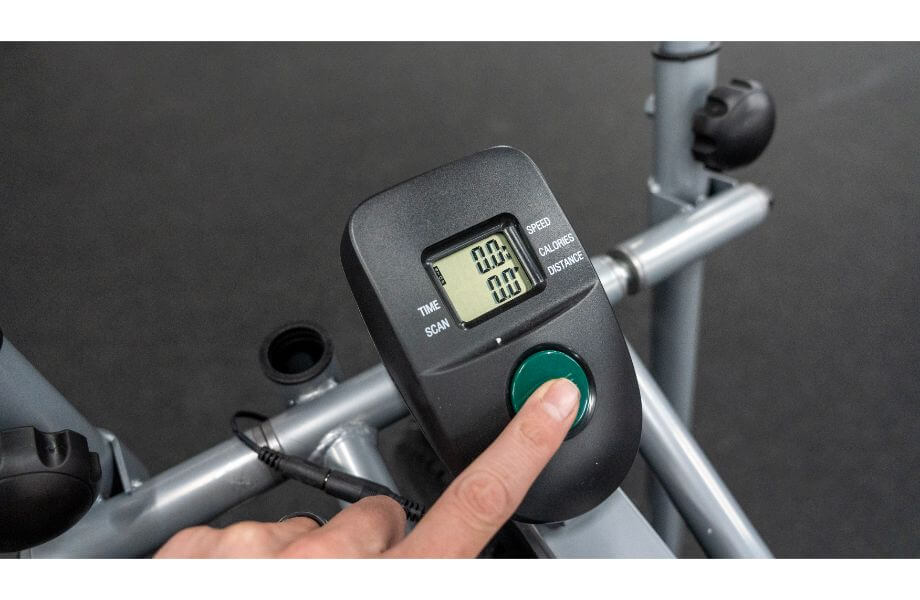
There is little to no learning curve involved in using an elliptical, making it suitable for everyone from beginners to fitness pros.
“While you do have to learn some simple techniques—for example, you want to stand up straight and avoid leaning on the handlebars—you can pretty much just jump on and go,” says Amanda.
Can Assist with Weight Loss
Ellipticals burn calories, which can translate to weight loss when combined with a healthy diet and other important lifestyle factors like getting enough sleep and managing your stress levels.
According to Harvard Health, a 30-minute elliptical session burns around 324 calories if you weigh 150 pounds. Calories burned jumps to 378 if you weigh 185 pounds.
Full-Body Workout
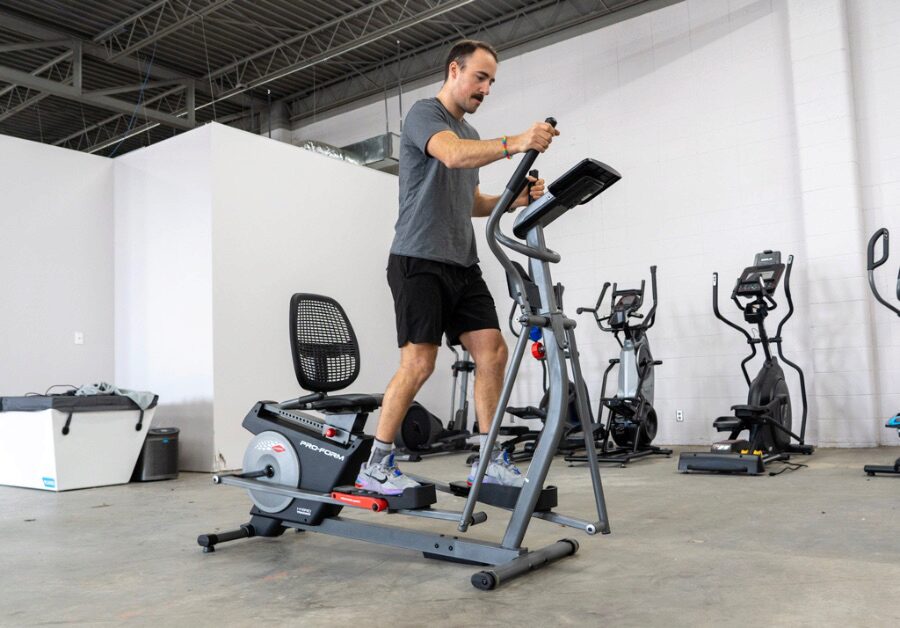
Ellipticals engage various lower body muscle groups, like your hamstrings, glutes, and quadriceps, but they can also be a full-body workout if they have movable arms that activate your upper body as well. Because you have to stand upright and balance while using an elliptical, you also engage your core.
Elliptical Benefits FAQs
Does the elliptical help reduce belly fat?
No exercise can spot-reduce belly fat, but an elliptical can help decrease your overall body fat percentage over time by burning calories. “The best way to reduce belly fat is to stay consistent with a wellness routine. That means incorporating aerobic and strength training workouts, eating a nutritious diet, and prioritizing good sleep hygiene and stress management,” says Amanda.
Is 30 minutes on the elliptical enough?
A 30-minute elliptical session is enough to reap many of the cardiovascular benefits, but the key is staying consistent and doing those sessions regularly. The most current Physical Activity Guidelines for Americans recommends at least 150 minutes of moderate-intensity aerobic exercise every week. If you’re doing a 30-minute elliptical workout every day, you’ll exceed this goal, but if you only do it once or twice, you’ll be falling short of current recommendations. The key is to combine exercises that you love to get to your overall weekly exercise goals.
How long should I be on the elliptical?
It depends. Your main goal should be to engage in 150 minutes of moderate-intensity aerobic activity each week. That could mean 30 minutes on the elliptical five days a week, or 25 minutes six days a week. You can also combine elliptical workouts with other aerobic activities, so there’s no minimum amount of time you need to be on the elliptical itself.
Can you get toned using an elliptical?
Many people are on a quest to “get toned,” but this is a bit of a misnomer. You can’t really “tone” your muscles, but you can drop belly fat while also increasing muscle mass—the end result being a more sculpted physique.
“Since ellipticals burn calories, they can contribute to overall fat loss, but you’ll also need to incorporate strength training exercises to reach your goals here,” says Amanda.


